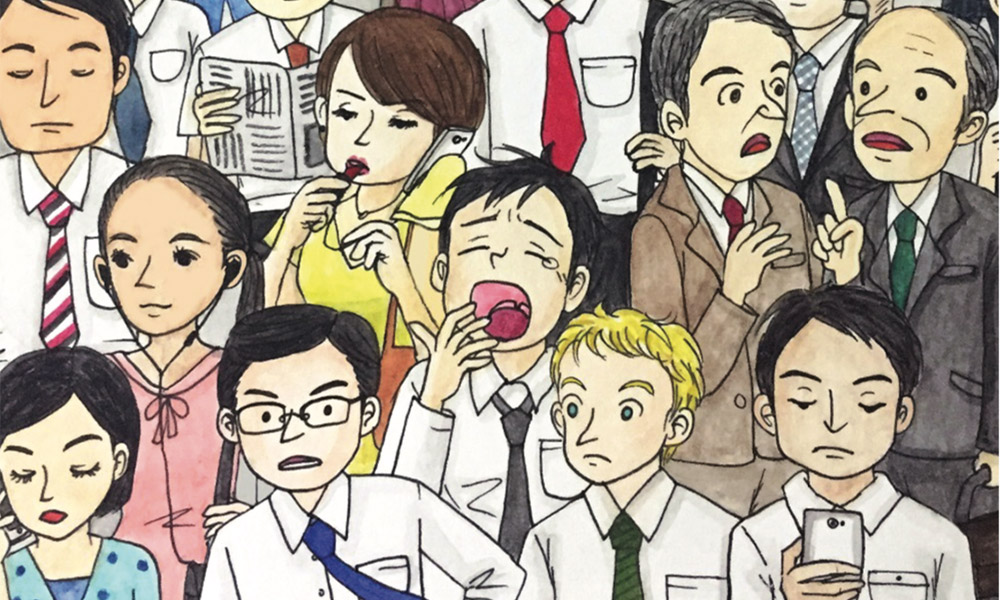By Jocelyn Neo |
Despite the hype and hopes that more couples would plan to have kids on Singapore’s 50th anniversary, the number of babies born in Singapore in 2015 was no higher than that of 2014. While the SG50 Baby Jubilee gift is certainly an incentive to have kids, couples are taking other factors into consideration before starting a family.
Common reasons for deferring childbearing include placing career development as a priority, and the financial cost of raising a child. These factors and more contribute to the persistently low resident total fertility rate (TFR), which dropped to 1.19 in 2013, before increasing slightly to 1.25 in 2014.
To compound the problem, there are couples who are ready to have kids after their financial situation improves, yet they discover that they are unable to conceive. Some are not aware that fertility declines with age, as shown in a study conducted by the National Population and Talent Division (NPTD) in 2012.
Unable to have a child of their own, adoption becomes an attractive alternative to create a family. But what sways people to pursue—or pass on—that option?
To Adopt or Not to Adopt?
Singapore is the only country in Asia that allows international adoption—adopting a child from overseas. International adoptions constitute more than half of all adoptions in Singapore, according to statistics from the Ministry of Social and Family Development (MSF).
Most adoptive children come from China, Malaysia, Indonesia, and Vietnam. However, the adoption rate has been dropping, from 418 adoptions in 2011 to 352 in 2014. This is partly due to stricter rules of adopting babies from China.
Many factors influence the decision to adopt, including socio-demographic and higher education qualifications. Studies have found that women, particularly those with a university degree, are more receptive toward adoption, in contrast to their male counterparts.
People also choose to adopt children (some with special needs) for altruistic causes. Well-known celebrities such as Julie Andrews, Angelina Jolie, and Madonna have adopted children for humanitarian reasons.
Celebrities aside, it is interesting to note that Caucasians are more favourable toward adoption, particularly transracial adoption. Be it on a plane, overseas, or at a local restaurant, one can often spot a Caucasian couple with their Asian children.
As for a multiracial country like Singapore, what are Singaporeans’ attitudes toward adoption?
Attitudes Toward Adoption
Assistant Professor Jayashree Mohanty of the National University of Singapore conducted a study in 2013 on 1,200 Singapore citizens and permanent residents, to investigate their attitudes toward adoption in Singapore.
The mean age of the respondents was 38.2 years. The majority of the respondents ( 67% ) were married, of which 13.8% had no children. Of the 1,200 respondents, 66% were employed, of which 74.2% had a monthly income of S$2,999 or below.
Education levels varied amongst the 1,200 respondents: 56.6% had some schooling, 23.1% had graduated from junior college or polytechnic, and 20.3% had completed tertiary education.
Eight-six percent of the Singaporeans interviewed by the study were supportive of adoption, but this figure is still lower than that of Western countries (94% in the United States). A small 13.8% of the respondents had seriously considered adopting a child.
Studies have observed that age, gender, race, education, marital status, and childlessness are associated with favourable attitudes toward adoption.
The survey results showed that women were twice as agreeable to adoption compared to men. Respondents earning more than S$3,000 a month were also more receptive to adoption. The intention to adopt was twice as high in those whose family members or close friends had experience in adoption.
Notably, the majority of the respondents, particularly Chinese respondents, felt that they should be allowed to adopt children from overseas. However, the Chinese were less in favour of transracial adoption—whereby the child is of a different race, as compared to Malay or Indian respondents. This phenomenon has been observed since the 1950s, where Chinese families generally practiced same race adoption.
The decision to adopt an international or a transracial child is influenced by one’s education level. Those who received tertiary education were more open to adopting internationally, but were less inclined to adopt a child of a different race, as opposed to those with junior college/polytechnic education.
The study also noted that the lower availability of domestic adoptions may contribute to the large proportion of international adoptions in Singapore. Most adoptive children come from China, Indonesia, India and Malaysia, reflecting Singapore’s ethnic diversity.
Among those interviewed, nearly half were in favour of open adoption—where both adoptive and biological parents know each other’s identity. This was particularly the case amongst Malays, most of whom are Sunni Muslims; Islamic laws emphasise the purity of family lineage and that the child should know his/her roots.
Respondents who were less in favour of open adoption cited fears that it may affect their bonding with the adopted child, and the child may one day leave them for their biological parents.
Researchers concluded from the study that programmes are needed to raise the general public’s awareness on adoption, to debunk myths and dispel negative stigmata and discrimination. Adoption should also be recognised for its important role in creating families in Singapore.
What’s Next?
Couples who have decided to adopt a child will need to attend a Pre-Adoption Briefing as required by the Ministry of Social and Family Development, before starting the application process of adopting a child or applying for a home study report (HSR). The HSR (required for adopting a foreign child) investigates the couple’s situation and determines whether they are fit for adoption.
Couples may also contact TOUCH Family Services or Fei Yue Community Services to learn more or request for assistance. Readers may check out the Adoption Portal at https://www.msf.gov.sg/Adoption/Pages/default.aspx















